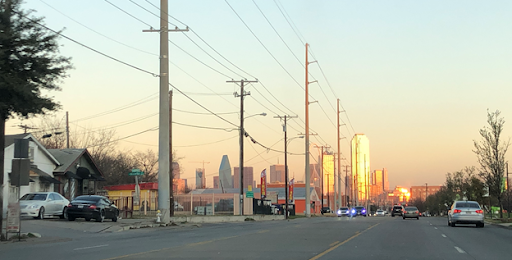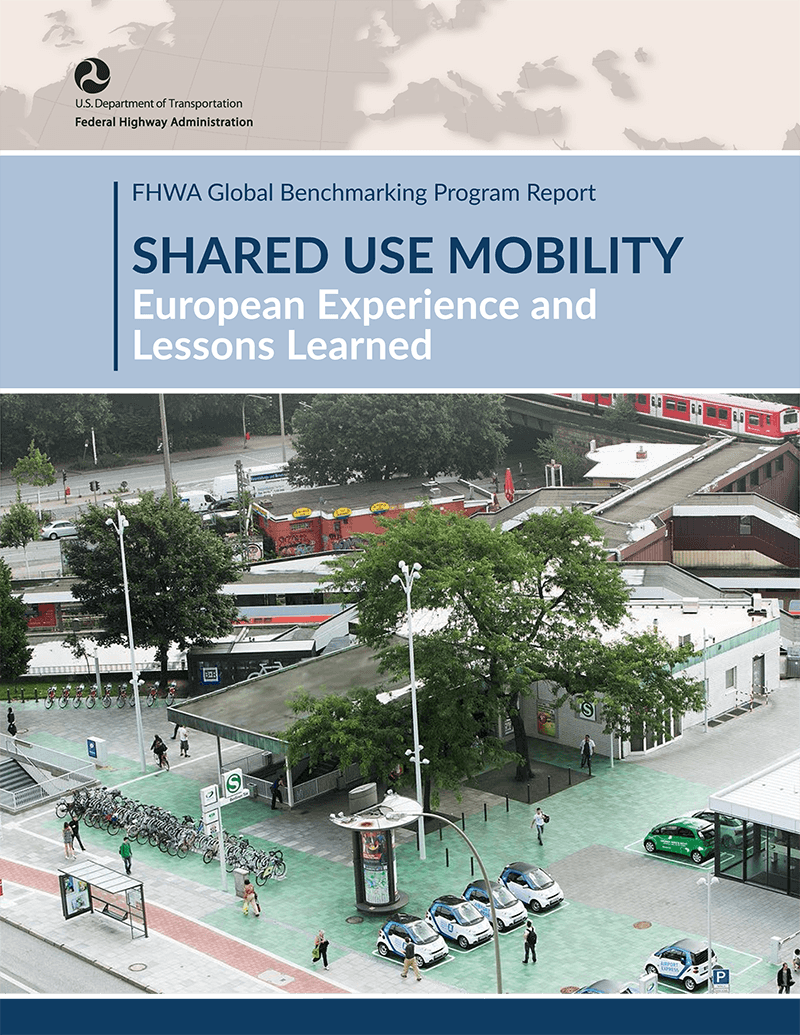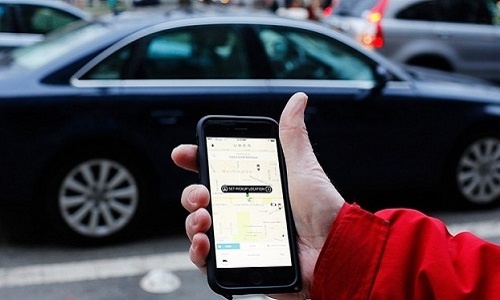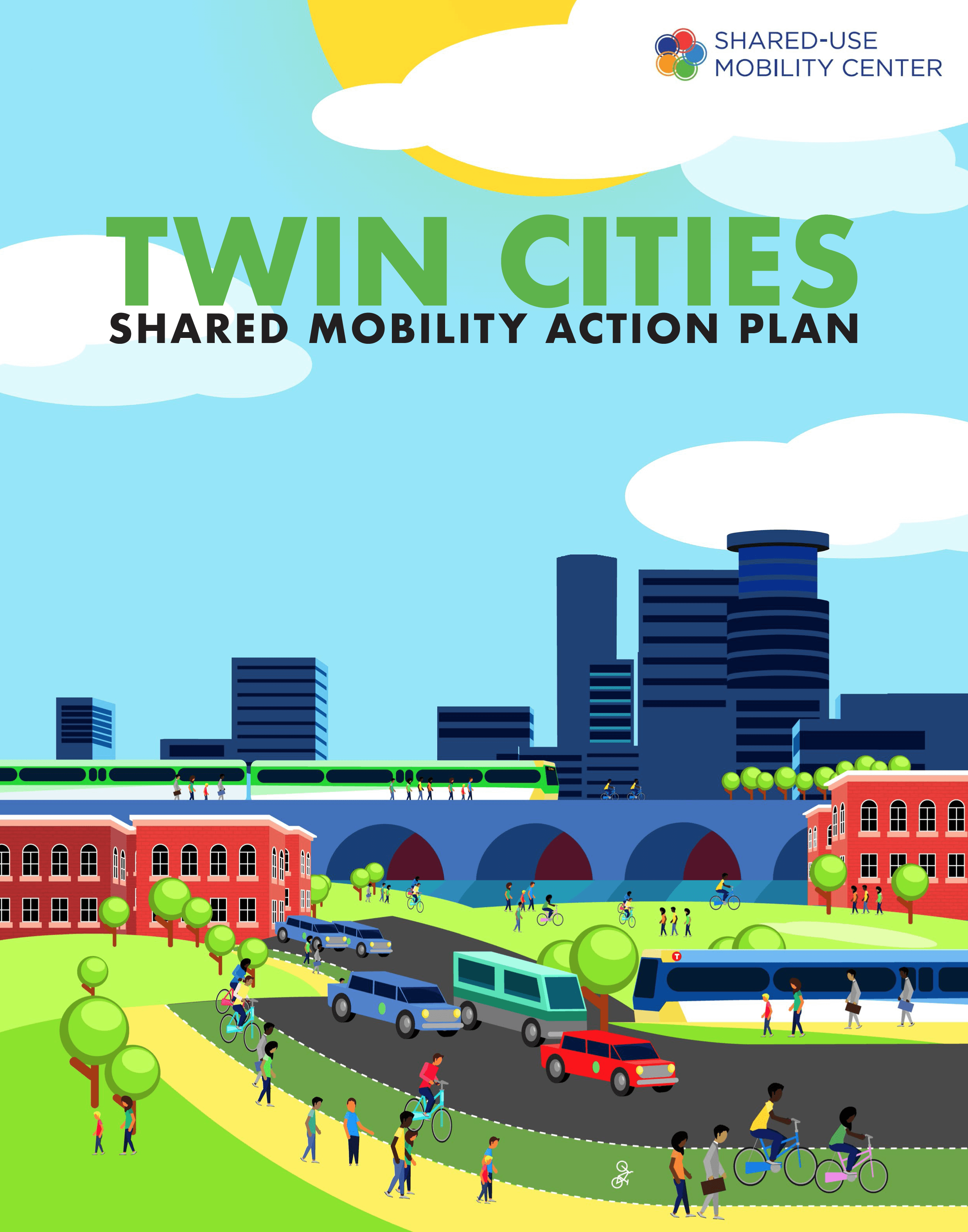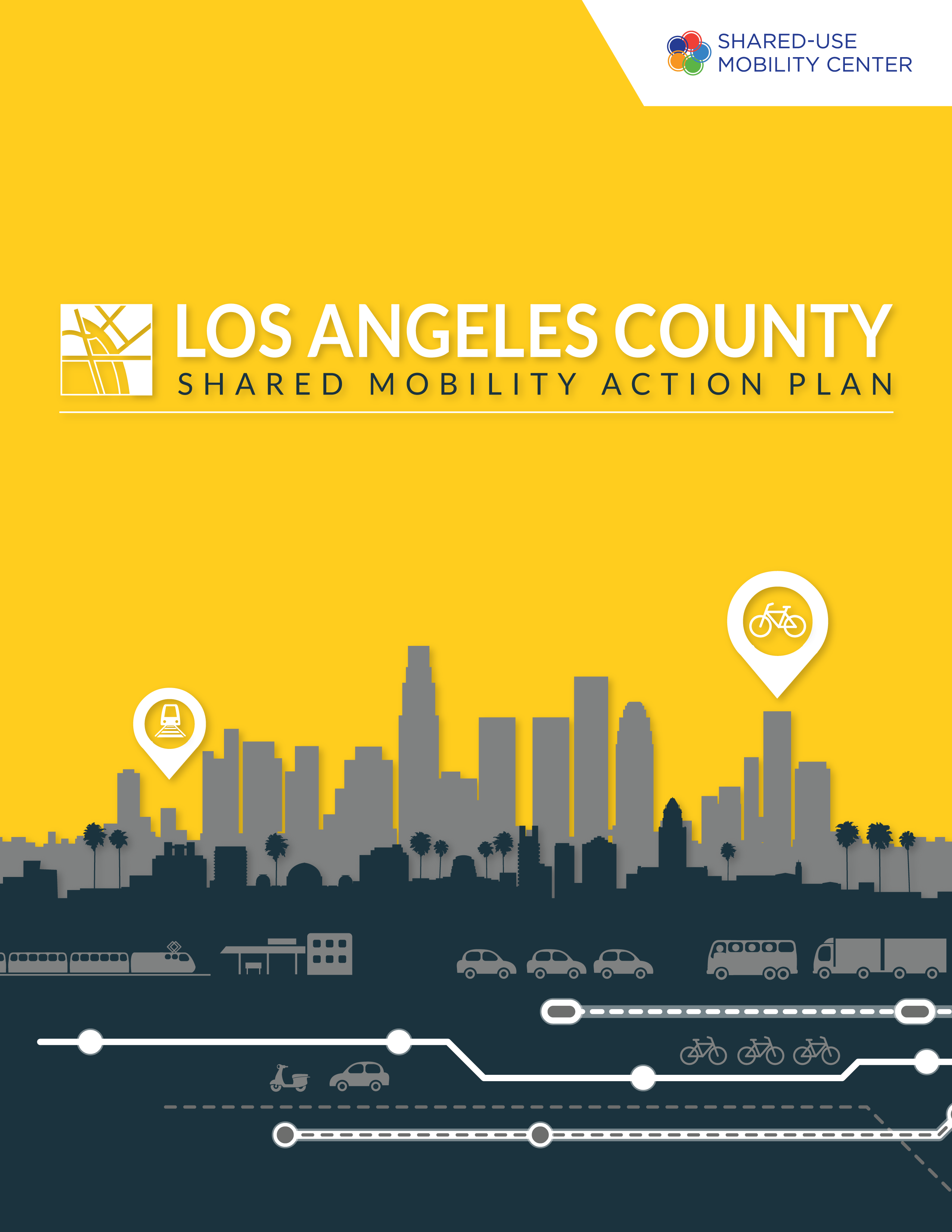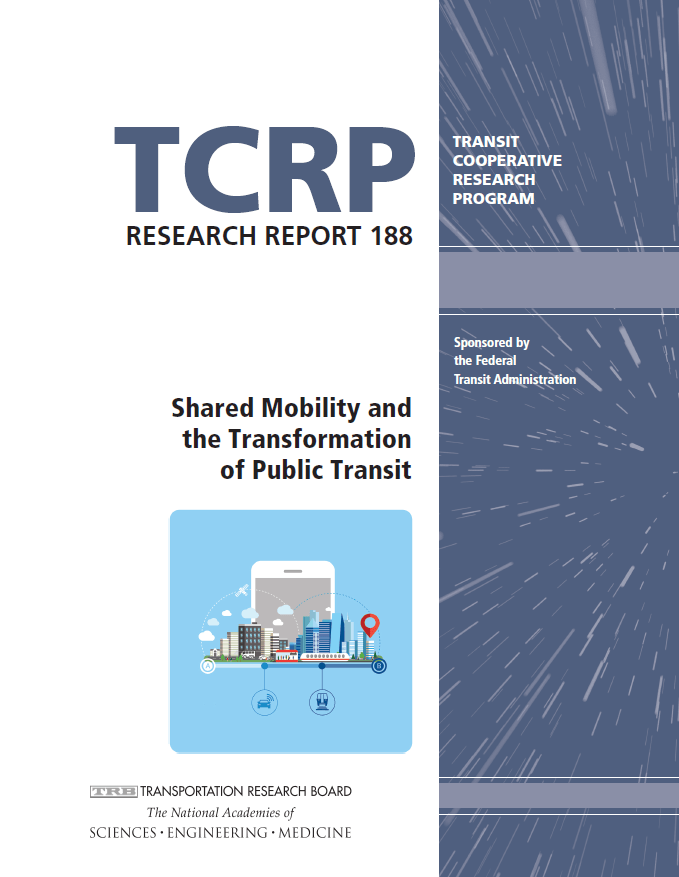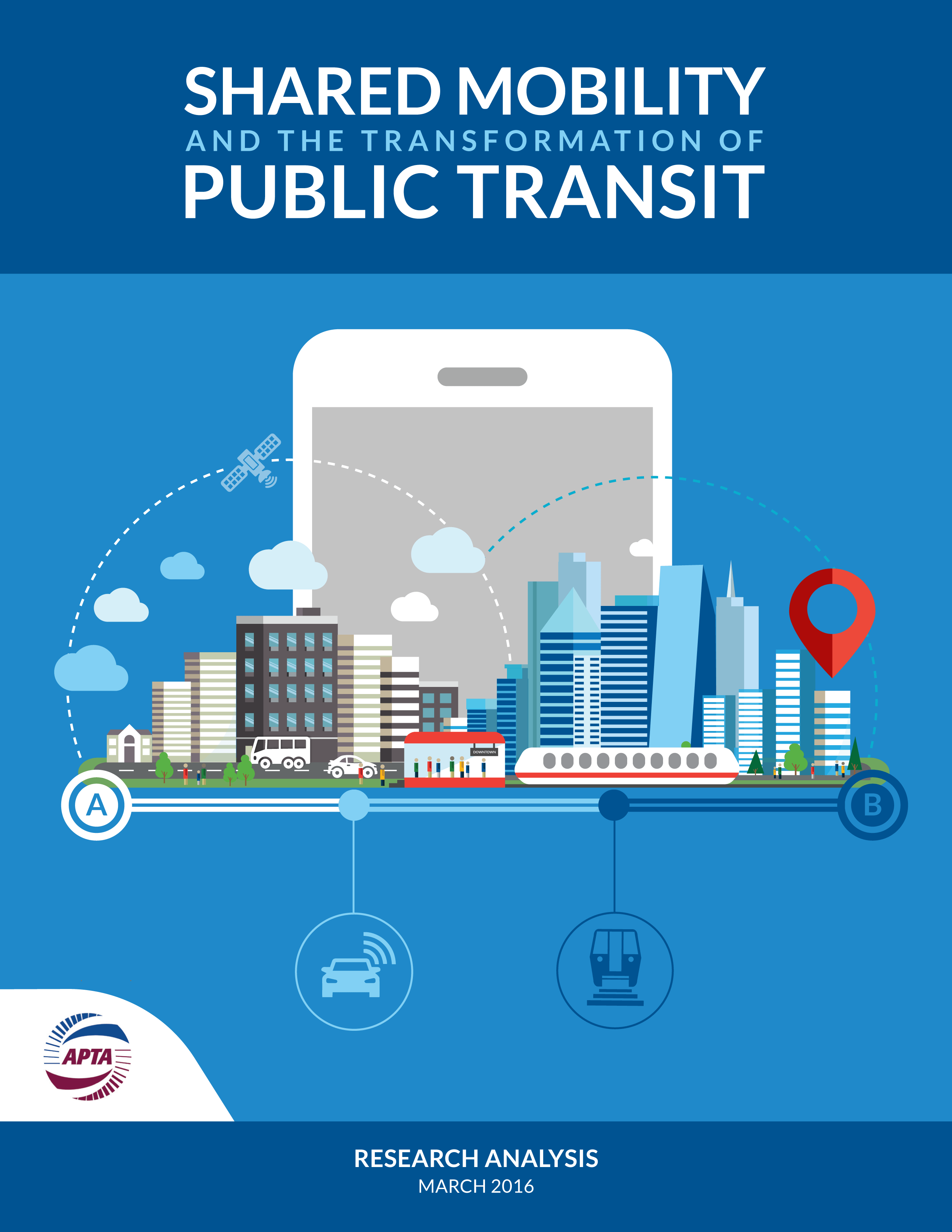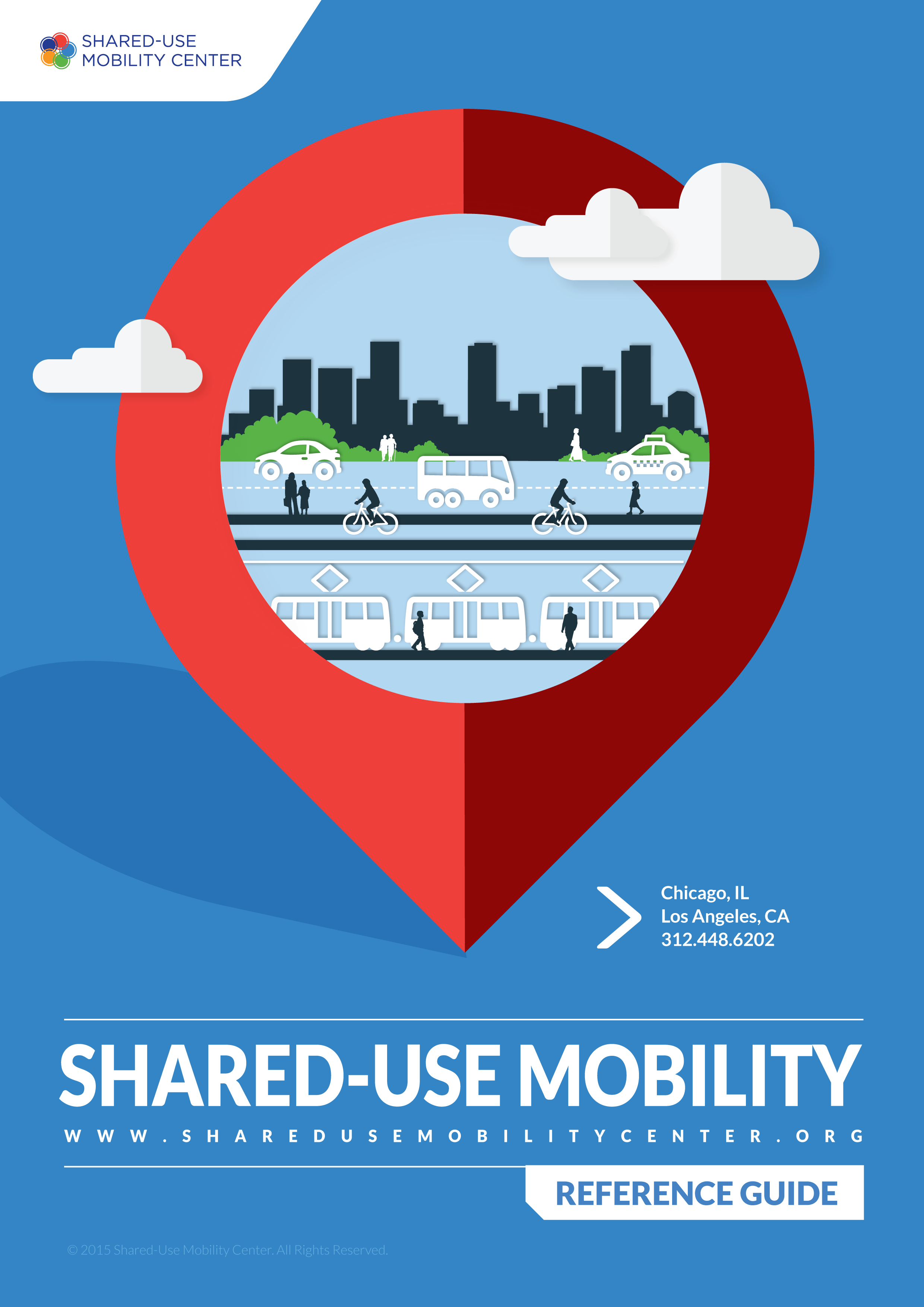The Shared-Use Mobility Center works with cities and regions across the nation to help reduce reliance on private autos, mitigate traffic congestion and emissions, and expand mobility options for all. Drawing on original research, statistical modeling, and decades of experience in shared mobility operations, SUMC’s collection of research and hands-on work serve as a catalyst to help cites establish a vision, set mode shift goals, and chart a path forward toward a more sustainable future. You can learn more about our experience through SUMC’s published work.
Design Framework for Women and Caregiver-Centered Mobility Hubs
Transportation should work for everyone. Yet, too often, it doesn’t reflect the needs of women and caregivers. If you’ve ever wondered how mobility hubs can serve these groups better, we’ve created resources to help you ask the right questions.
SUMC, in partnership with Swedish based company, Living Cities and Communities, developed a Design Framework for Women and Caregiver-Centered Mobility Hubs. The Design Framework, in the shape of a slide deck, brings to life seven personas, shaped by project conversations with women and caregivers and their everyday journeys. The personas offer advice through seven design principles, offering guide questions to the user.
Read the full Final Report here.
Future Mobility, supported by Vinnova, the Swedish Innovation Agency, and the Equitable Transportation Fund a project of the Global Philanthropy Partnership provided the funds for this project.
First and Last Mile Connectivity for Missourians
By closing gaps in transportation systems and complementing existing transit, first and last mile transportation services are integral in enabling access to employment opportunities, education, healthcare, and other key destinations. Without adequate first and last mile services, many necessary trips may not take place at all, contributing to adverse health, social, and economic outcomes.The Missouri Department of Transportation (MoDOT) recently published the research report First and Last Mile Connectivity for Missourians, authored by the Shared-Use Mobility Center in partnership with Via Strategies.
This report examines the current conditions affecting first and last mile transportation in Missouri and presents recommendations on how MoDOT and other state departments of transportation can effectively support first and last mile transportation to improve employment access. To inform these recommendations, the project team surveyed case studies of multimodal first and last mile services from around the country, conducted in-depth interviews with public, private, and non-profit organizations operating first and last mile programs, and hosted a forum with Missouri stakeholders.
Connecting Community Transportation: A Roadmap for Implementation
With support from AARP Public Policy Institute, SUMC developed the Connecting Community Transportation: Road Map for Implementation to guide the adoption of the Transactional Data Specification in demand-responsive transportation. This roadmap offers key steps and considerations for planning and implementing the TDS, enabling DRT providers to better coordinate services and improve access to transportation, especially in rural areas.
SUMC, with support from AARP Public Policy Institute, developed Connecting Community Transportation: Lessons Learned from Transactional Data Specification Demonstration Projects, a research report on the Transactional Data Specification and its role in facilitating coordinated demand-responsive transportation in projects around the country. This new report discusses key takeaways from demonstration projects from around the U.S. and outlines additional coordination opportunities, such as with providers of non-emergency medical transportation. Along with its accompanying Road Map for Implementation, this report highlights how the TDS can help DRT providers interoperate their services and enhance customer access to transportation.
Bike Chicago Evaluation Report
In 2022, the Chicago Department of Transportation (CDOT) unveiled its Bike Chicago plan, a unique and ambitious initiative to distribute 5,000 bicycles to age- and income-eligible Chicagoans by 2026. Bike Chicago was launched in line with local and regional plans to increase road safety, enhance transportation equity, and foster a healthy biking community.
The Shared-Use Mobility Center, with support from the John D. and Catherine T. MacArthur Foundation, conducted an evaluation of the first 18 months of the Bike Chicago program to evaluate the impacts on program participants, and to examine how Bike Chicago and similar programs can expand biking, influence attitudes towards active transportation, improve access to destinations, and build new transportation habits. This evaluation report provides background on the Bike Chicago program, including an examination of the program’s history, operations, and local and national policy contexts.
Bikes for Belmont Cragin Evaluation Report
This report assesses the impact and effectiveness of Northwest Center’s efforts in educating and encouraging Chicago’s Belmont Cragin neighborhood to adopt biking as a transportation option.
Through data analysis, surveys, and interviews, SUMC evaluated the impacts of this campaign and related bike infrastructure to understand if community members’ feelings, experiences, and perceptions towards biking had shifted. The report provides a holistic view of the campaign’s successes and serves as a valuable resource for stakeholders seeking to replicate micromobility initiatives in their communities.
Flex Your Grants : Leveraging Federal Dollars for Clean Transportation Projects Policy Paper
This policy paper analyzes new and existing federal funding programs and explains how state, regional, and local governments can leverage those funds to advance clean transportation projects. The paper serves as a resource to help transportation advocates and local communities to navigate the many funding opportunities that the Bipartisan Infrastructure Law and the Inflation Reduction Act have created for transportation projects.
The paper advances the priorities of the Shared Mobility 2030 Action Agenda Network Funding Working Group to find new and creative ways to expand and sustain shared mobility infrastructure and services.
Sharing in Action: Micromobility in Local Climate Strategies
This paper provides an overview of how policymakers and planners are already framing micromobility as a tool to address climate change. SUMC reviewed the plans of more than 30 cities, highlighting language and policy approaches that address micromobility. After assessing the plans and their possible impact, SUMC identified exemplary language and approaches and divided them into four key areas of policy focus: modal shift, equity, infrastructure investments, and policy supports and incentives.
Within these broad groupings, SUMC have identified several specific actions that climate plans use to support micromobility as a climate tool: creating quantifiable goals, centering equity, diverting away from car trips, increasing access to micromobility, creating infrastructure for vehicle parking and charging, incorporating micromobility into transportation demand management initiatives, and outlining potential funding structures that support micromobility programs. SUMC encourages readers to adapt this language and the underlying approaches for their own policy frameworks for addressing the transportation components of climate change.
Bikes and Scooters on the Road to Net Zero?
Micromobility can play a major role in transportation decarbonization, but its potential varies depending on the conditions in which it’s employed.
This report, produced by the Shared-Use Mobility Center and the Chicago Council on Global Affairs, examines how cities can maximize the benefits of these vehicles with policies and infrastructure adapted to local contexts, making micromobility a complement to transit and a viable alternative to car trips. The report was produced with support from the Robert R. McCormick Foundation and UL Solutions.
TCRP Research Report 230: Transit and Micromobility
Micromobility, predominantly shared bikes and scooters, exploded in the years leading up to and during the COVID-19 pandemic. While guidance has been largely focused on government regulations, TCRP Research Report 230: Transit and Micromobility is one of the first extended explorations of what transit agencies need to know to effectively partner with or regulate micromobility.
The report includes case studies and best practices for transit agencies working on micromobility, new survey data on who is using it and how, information on transit-connected ridership in a variety of environments, and a practitioner-focused toolkit for agencies considering micromobility projects or collaborations. SUMC Research Director Colin Murphy led the research, in collaboration with a team of co-authors from Nelson\Nygaard and Populus.
Seamless Payment for Complete Trips: A Guide for Transit Agencies
A convenient, accessible, and integrated network of public transit and shared mobility options is critical for people to unlock access to opportunity. For the public transit agencies at the core of such a system, integrated payments are key toward creating a frictionless travel experience that enables complete trips for all.
Seamless Payments for Complete Trips is a guide for agencies embarking on payment integration within and beyond traditional transit services. Readers will find an overview of important fare payment system elements, observations from a range of examples of transit-led multimodal payment integrations, and recommendations along with a visual framework to help agencies develop the right payment integration solutions in their communities.
West Dallas Mobility Needs Assessment
A local philanthropic organization approached SUMC to identify mobility needs and solutions in West Dallas, TX, a low-density, low-income, predominantly Black and Hispanic area undergoing rapid gentrification. After extensive research and community engagement, SUMC provided a needs assessment with recommendations to the private sector and philanthropy to advance equitable, sustainable, and innovative solutions.
Towards the Promise of Mobility as a Service (MaaS) in the U.S.
People use multiple modes of transportation: transit, carshare, micromobility including bikeshare and escooters, on-demand rides such as microtransit, and ride hailing. But we have just one purpose: to get where we need to go. Just as the availability of more modes makes it easier for people to get around without driving alone, better information about how to use these options together seamlessly can yield a transportation network greater than the sum of its parts. SUMC’s new policy paper, Towards the Promise of Mobility as a Service (MaaS) in the U.S., provides a guidepost for us to get there, with MaaS topology, principles, case examples—and inspiration.
Hawaii Island Shared Mobility Roadmap
Preserving a paradise for all
The Big Island’s unique geography and its landscape is part of what attracts over 1.8 million visitors each year—and what can pose a transportation difficulty for its population. Working with the County of Hawai’i and the Ulupono Initiative, the Shared-Use Mobility Center released the Hawaii Island Shared Mobility Roadmap in March 2020 to address concerns about the economy, equity, and environmental sustainability as demographics, job access, and travel patterns shift.
Featuring a detailed summary of existing conditions pinpointing shared mobility opportunity areas, foundational and targeted Strategies, and a step-by-step implementation guide, this Roadmap can chart the way to the County’s transportation goals while increasing the overall quality of life.
Equity and Shared Mobility Services: Working with the Private Sector to Meet Equity Objectives
The shared mobility industry is in a period of rapid experimentation and change. It is a fertile time to apply the experiments and channel the changes to support low-income and transportation-disadvantaged communities. In this paper, we communicate best practices for public-private partnerships that put equity initiatives into practice and support mobility for all. Equity and Shared Mobility Services is beneficial for any agency or group considering a mobility partnership, and includes a checklist for developing equity objectives, an equity analysis for low-income groups using shared mobility, and case studies with practical recommendations.
Mobility Hubs: Where People Go to Move
This 2019 guide by the Shared-Use Mobility Center serves as a planning and design resource for the creation of mobility hubs—places where people can seamlessly connect with multiple modes of transportation in a safe, comfortable, and accessible environment. Features include strategies for implementation, a breakdown of key design elements and amenities with detailed descriptions, references from sites around the world, and conceptual examples using sites in the Twin Cities.
Objective-Driven Data Sharing for Transit Agencies in Mobility Partnerships
A primary challenge in implementing Mobility on Demand (MOD) solutions has been reaching an agreement between public and private partners over data sharing. Drawing on lessons learned from the Federal Transit Administration’s (FTA) MOD Sandbox program and beyond, this paper supports the decision-making process of transit agencies that are considering deployment of MOD or similar integrated mobility solutions in partnership with private-sector mobility service providers.
Based on observations from both inside and outside the Sandbox, approaches are available to agencies to address these challenges, and subsequently, obtain and analyze the data that are necessary to meet project goals. This white paper and the executive summary feature a decision tree to help guide agencies to an agreement that provides secure and useful data.
The Pinellas Suncoast Transit Authority (PSTA) was the first public transit agency to sign a service provision contract with a private transportation network company (Uber) to provide subsidized first/last-mile connections to transit stops. A 2019 case study by SUMC and Transit Center details the reasons why the agency took this step, how they responded to internal and external challenges as their pilot developed, and lists lessons learned with recommended actions for pilots going forward.
While PSTA was the first to embark on such a partnership, today they are numerous and are increasing in both variety and scope. The Direct Connect case study is a valuable tool for agencies in any step of the pilot process that illustrates some of the challenges with partnerships between transit agencies and transportation network companies (TNCs) and helps to shape agency approaches for future projects.
Four Steps Towards Mobility Integration for Public Agencies
New technologies promise new means for people to get around faster, cheaper, and more conveniently. More private companies have entered the marketplace, compelling public agencies to react to ensure that their services serve the public good. How can public agencies evolve to bring different modes together and make transportation systems more connected, complete, and convenient?
Participants from public and private entities addressed these topics at a policy workshop held at the 2019 National Shared Mobility Summit. This SUMC brief draws on that discussion, focusing on the challenges for agencies to integrate modes and how they might approach mobility integration. It is organized into case studies and recommendations with model frameworks to guide public agencies as they move towards more equitable, environmentally sound, and sustainable transportation systems.
Electric and Equitable: Learning from the BlueLA Carsharing Pilot
In 2016, the City of Los Angeles embarked on an electric vehicle (EV) carsharing pilot project through a grant from the California Air Resources Board. The city’s grant proposal, “L.A. Leading by Example: Partnering to Pilot EV Carsharing in Disadvantaged Communities,” was developed with support from lead technical partner SUMC and submitted to CARB in April 2015. It emphasized serving low-income residents and reducing greenhouse gas (GHG) emissions.
Although implementing a progressive shared mobility pilot in a historically-steadfast car culture such as LA would prove to be challenging for a variety of reasons, BlueLA EV Carshare has already begun delivering results to Angelenos by reducing GHGs and providing a new mobility option. This case study evaluates lessons learned in Phase One of the BlueLA project, which concluded in spring 2019.
In early 2018, SUMC and the Federal Highway Administration released an international benchmarking study for implementing shared mobility services. The Report reflects over a year of research in which the team performed a study tour of three European cities: Munich, Germany; Paris, France; and Brussels, Belgium—areas with established and innovative shared mobility projects including bikeshare, mobility hubs, Mobility as a Service (MaaS), and other practices considered “new” in the U.S.
Filled with case examples and key findings, the group met with transportation experts from transit agencies, mayors’ offices, departments of transportation, universities, shared mobility operators, regulatory bodies, and EU representatives to observe and discuss effective strategies for application across the board.
Bay Area Carsharing Implementation Strategy
SUMC teamed with UrbanTrans to produce the Bay Area Carsharing Implementation Strategy in February 2018. Developed as part of MTC’s Climate Initiatives Program, the Strategy focuses on specific approaches for growing carsharing membership and usage in the Bay Area as a way to reduce solo driving and vehicle miles traveled and meet overall emission-reduction targets. To support factfinding, the research team documented best practices, opportunities, and challenges in carsharing, reviewed relevant policies and studies, interviewed regional stakeholders, and held workshops with public, private, and community representatives.
This study by SUMC for the Transit Cooperative Research Program explores the impacts of app-based transportation network companies on the cities they operate in, including on public transit ridership, single-occupancy vehicle trips, and traffic congestion. SUMC’s findings, which build upon the learning shared in TCRP Report 188, were one of the first uses of origin-destination trip data provided by a major TNC. Read more about the study here.
TCRP Research Report 196: Private Transit: Existing Services and Emerging Directions
While private transit services such as airport shuttles, shared taxis, and private commuter buses have operated for decades in American cities, business innovations and technological advances that allow real-time ridehailing, routing, tracking, and payment have ushered in a new generation of private transit options. These include ridesplitting products like UberPool and Lyft Line, “microtransit” services, and a variety of public-private partnerships that are helping to bridge first-/last-mile gaps.
A 2018 SUMC-authored report published by the Transportation Research Board’s Transit Cooperative Research Program (TCRP), Private Transit: Existing Services and Emerging Directions, explores the effects of these services in the US, addresses concerns over safety, equity, and other impacts, and proposes a way forward for agencies and jurisdictions to account for, regulate, and incorporate private transit into their planning.
Shared-Use Mobility Center Growth & Impact Report
The Growth and Impact Report shows you what we do, how we do it, and most importantly, why. In 20 vibrant pages, the report:
- Shares the mission and vision that guide everything we do;
- Chronicles our growth from 2014 to today;
- Explains our primary categories of work presents the details of our most powerful initiatives, projects, and events;
- Looks back on past National Shared Mobility Summits and other events that bring the public sector, the private sector, activists, and innovators together to share ideas and collaborate on mobility solutions;
- Presents our library of publications and research;
- Invites you to share our vision of accessible, equitable, and environmentally sound mobility for all.
Shared Mobility Action Plan for the Twin Cities
With assistance from the McKnight Foundation, SUMC worked with leaders in the Minneapolis-St. Paul region to develop a Shared Mobility Action Plan for the Twin Cities to help scale up shared mobility and public transit to offset congestion and other challenges related to impending population growth, while maintaining the region’s affordability, livability and freedom of movement. The plan also features several strategies to help ensure that more transportation options reach disadvantaged neighborhoods. Specific recommendations in the plan are being implemented by the SUMC-led Twin Cities Shared Mobility Collaborative.
2017 Shared Mobility Action Plan Score Card
In 2016, SUMC partnered with regional stakeholders to develop the LA Regional Shared Mobility Action Plan. The Action Plan established a goal for removing 100,000 vehicles from the region’s roads by 2021 and identified associated strategies, actions, and targets for growth in transit ridership, carsharing, bikesharing, and ridesharing. The 2017 Action Plan Scorecard documents progress on these strategies and actions from the past year, describing important milestones along with up-to-the minute data on metrics and goals.
Shared Mobility Action Plan for Los Angeles County
Developed with input from numerous regional stakeholders, SUMC’s 2016 Shared Mobility Action Plan for Los Angeles County is designed to help the region capitalize on its expanding public transportation network and address ongoing challenges related to greenhouse gas emissions and traffic congestion. Following the release of the plan, SUMC has also continued to lead stakeholder engagement efforts in Los Angeles to build support for expanding shared mobility.
TCRP Research Report 188: Shared Mobility and the Transformation of Public Transit
SUMC completed this pioneering study for the TCRP to examine the evolving relationship between public transportation — including paratransit and demand-responsive services — and tech-enabled forms of shared mobility such as ridehailing. The report covers opportunities and challenges for public transportation as they relate to new mobility services and potential actions that public agencies may take to promote cooperation between public and private mobility providers.
Shared Mobility Toolkit and Report
In 2016, SUMC released an interactive toolkit to help cities expand bikesharing, carsharing and other forms of shared mobility throughout their regions, including in disadvantaged communities where transportation options are lacking.
Developed in partnership with 27 North American cities through the Urban Sustainability Directors Network, SUMC’s Shared Mobility Toolkit includes a Shared Mobility Benefits Calculator, a Shared Mobility Policy Database, and a Shared Mobility Mapping and Opportunity Analysis Tool. The Shared Mobility Toolkit Report acts as a guide and reference.
Research Analysis: Shared Mobility and the Transformation of Public Transit
SUMC completed a research analysis for the American Public Transportation Association based on information generated as part of the Transportation Research Board’s TCRP Report 188: Shared Mobility and the Transformation of Public Transit, which featured the first independent, multi-city evaluation of Uber trip data. The in-depth analysis draws from a wide variety of sources, including interviews with public officials, a survey of shared mobility users, and an analysis of Uber and transit demand in seven cities.
Shared-Use Mobility Reference Guide
SUMC developed this comprehensive reference guide in 2015 to provide government, business and community leaders with an introduction to shared mobility and help prepare them to address the rapid changes taking place in urban regions across the nation. An industry first, the guide includes definitions for new modes of shared transportation, analysis of changing local government roles and policy choices, and recommendations for growing shared mobility services in ways to better serve all residents.












